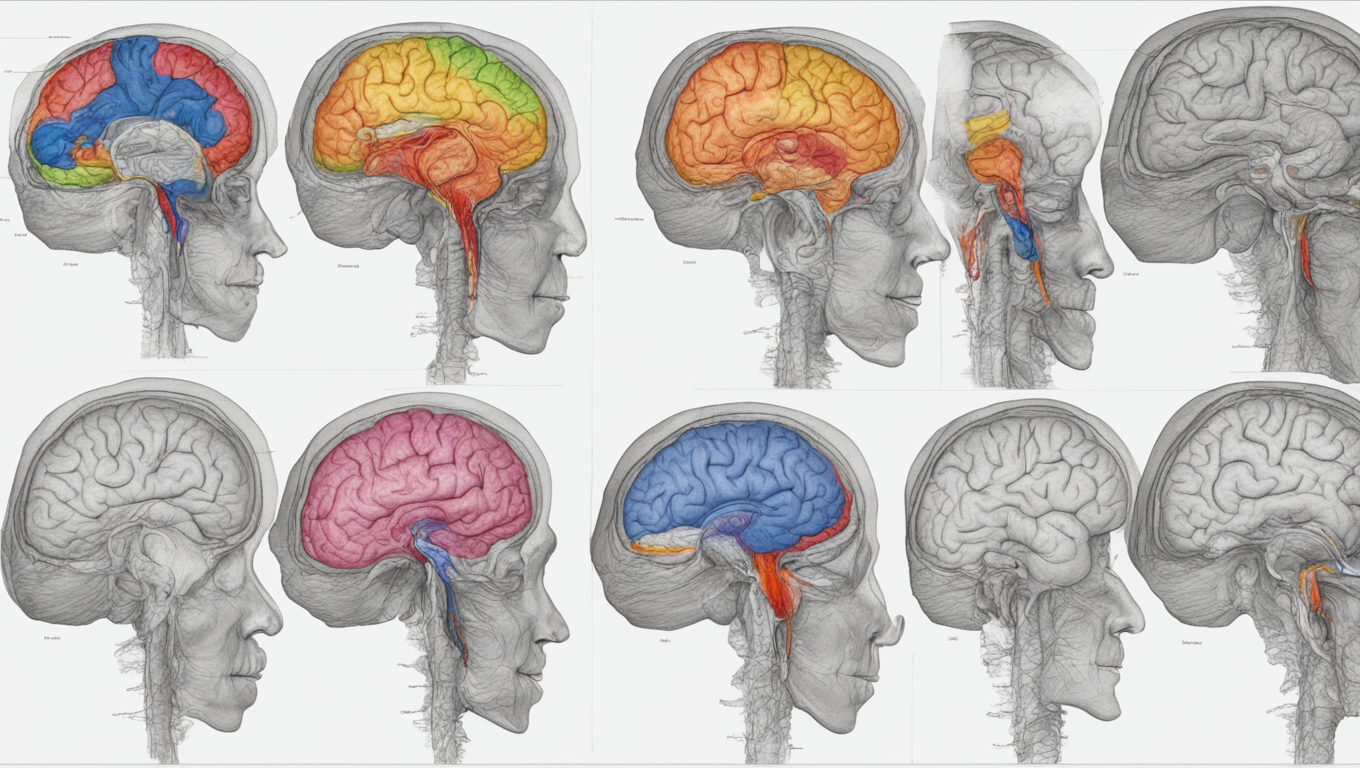In a groundbreaking study conducted by Stanford Medicine, researchers have uncovered fascinating insights into the gender differences in brain structure. Using a new artificial intelligence (AI) model, the study analyzed brain scans from around 1,500 individuals and found distinct brain organization patterns in men and women. The AI model correctly predicted whether a brain scan belonged to a man or a woman with an impressive accuracy rate of 90%.
The motivation behind this study was to understand the role of sex in human brain development, aging, and the manifestation of psychiatric and neurological disorders. Dr. Vinod Menon, the director of the Stanford Cognitive and Systems Neuroscience Laboratory, emphasized the importance of identifying consistent sex differences in the healthy adult brain as a crucial step in understanding sex-specific vulnerabilities in disorders.
The AI model focused on specific regions of the brain, known as “hotspots,” including the default mode network, the striatum, and the limbic network. These regions are involved in self-referential processing, responding to rewards, and regulating emotions, respectively. By targeting these areas, the model successfully separated brain patterns between sexes, highlighting the significance of considering sex differences in brain organization when studying neuropsychiatric disorders.
Additionally, the study developed models that could predict behaviors based on sex-based differences within the brain. Menon expressed the potential of these models in exploring brain differences linked to learning impairments or social functioning differences. The availability of this AI model to other researchers could greatly contribute to gaining a deeper understanding of various aspects of brain activity and its impact on behavior.
Interestingly, this study contradicts recent arguments claiming there are no significant biological differences between men and women. Dr. Gina Rippon, author of “Gendered Brain: The New Neuroscience that Shatters the Myth of the Female Brain,” questioned whether the differences observed in the AI model were due to biological or social factors. She suggested that these differences could be a product of both sex-specific, biological influences and brain-changing gendered experiences.
While Stanford Medicine has yet to respond to requests for comment from Fox News Digital, the implications of this study are far-reaching. By recognizing and understanding the distinct brain organization patterns in men and women, researchers can delve deeper into the complexities of neuropsychiatric disorders and uncover sex-specific vulnerabilities. This study marks an important milestone in the field of neuroscience and paves the way for future research in understanding the intricate workings of the human brain.





Use the share button below if you liked it.